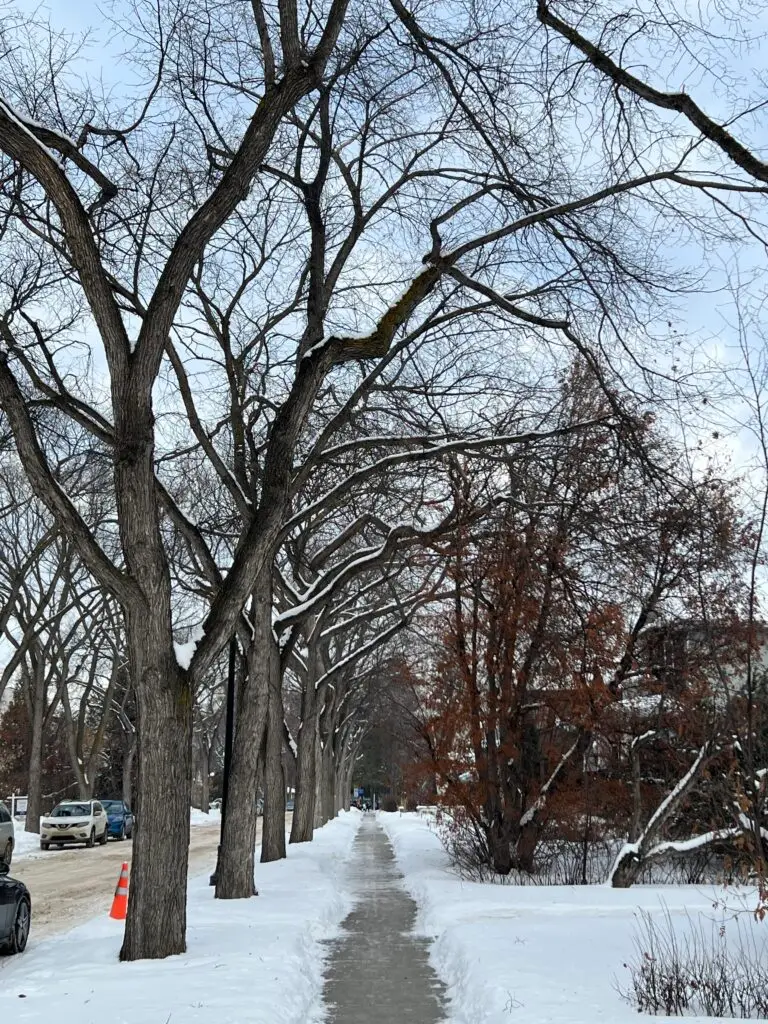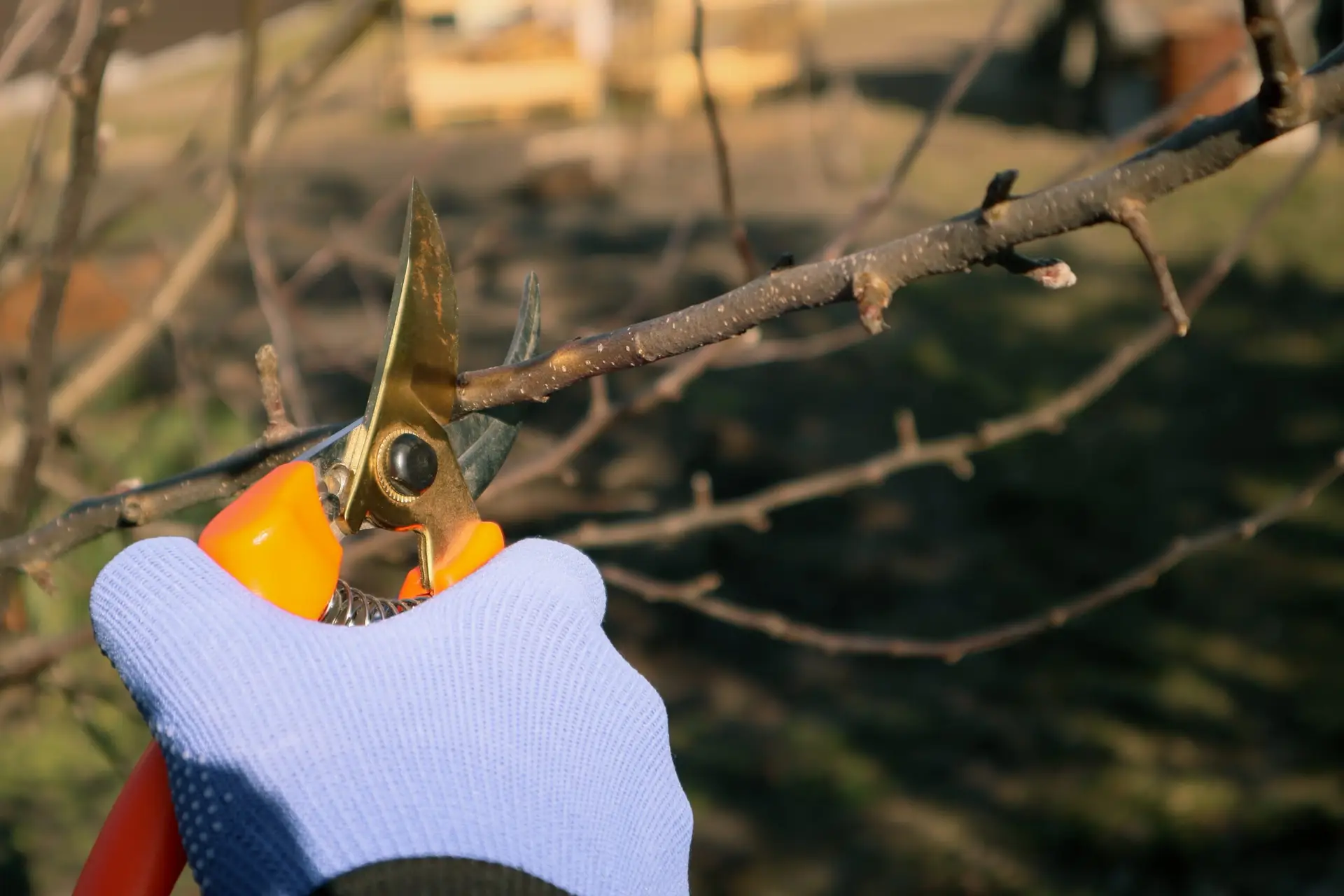WHEN TO PRUNE
Your trees are priceless. You can buy a new tree, but your can’t buy YOUR tree. So how you take care of it matters.
People have a lot of different ideas regarding when it’s best to prune a tree. So I thought we should get to the bottom of it once and for all. The first and most important question, how important is timing when it comes to pruning? Short answer; not critical, in most cases. With a couple notable exceptions; namely: Elms (legal regulations only allow elms to be pruned in late fall and winter), and edible fruit trees (timing of pruning will impact the fruit yield and quality).
Lets look at some of the factors that impact a pruning timing decision.

Energy- The first and most important thing to consider when pruning is your trees energy. Essentially, energy = life. Everything your tree does is intended to maximize energy, and everything you do for your tree either helps, or hurts that. A properly timed and executed tree pruning will result in a long term net gain in energy. So how do we do that?
- Over-crowding: Removing (live) tree stuff takes energy from the tree in the short term, but remember, leaves need both air and light to efficiently turn water and sunlight into sugar (energy). However building leaves is also the most energy intensive thing a tree does. So having too many leaves growing in crowded and shaded part of the canopy means many of them will cost more energy than they produce. This is why we strategically thin the canopy to ensure every leaf is operating at its maximum potential.
- Prevention: Pruning to promote stability could prevent large limbs from overgrowing and peeling off the tree (something the natural forest environment regulates by restricting space, but is common in the less natural urban scape.) Limbs ripping off not only means all of the energy that went into building that section of tree is lost; but also energy means extra expenditures for healing and fighting of pathogens that can now bypass the trees first defenses.
- Disease: Just like your body, trees have immune systems for fighting disease. And like your skin; the bark is the first line of defense. So branches that are rubbing against each other make a potential entry way for disease, which is why these are also pruned.
The second consideration is what type of tree you have. Although there are thousands of tree species and each of them have slightly unique traits and requirements; I find, when it comes to timing a pruning, we can effectively divide trees into just two categories; edible fruit, or non edible/ no fruit.
Fruit production is among the most energy intensive processes a tree embarks on. Just think about how much material and sugar are in the countless buckets of apples even a small tree can produce. So maximizing energy on an inter season bases becomes critical for optimal fruit production. This is why an edible fruit tree should only be pruned in the fall/ winter when its dormant. At this stage all of the excess energy has already been removed from the leaves and banked in the root system. Which means less immediate energy loss when pruning. For all other trees (with the exception of elms which are of course government regulated. Learn more about that here) any time of year is fine for regular maintenance pruning. With the general rule being the sooner the better.
Properly pruned trees live healthier, longer lives. And look more beautiful while doing it. So after its all said and done; if you’re tree hasn’t been getting regular pruning, the best time to prune is always now.
